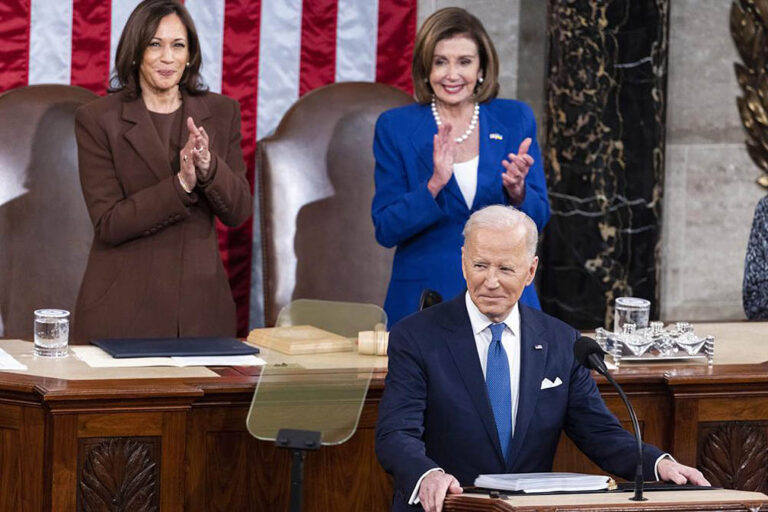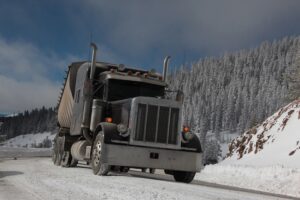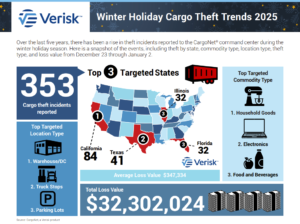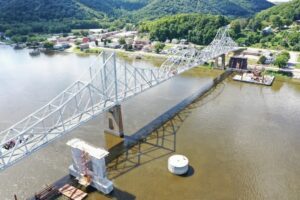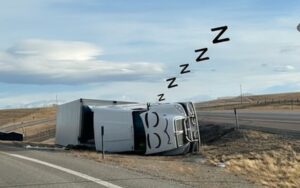WASHINGTON — President Joe Biden made his plan on electric vehicles sound more advanced than it is and inflated the sweep of his infrastructure package. On several fronts, he presented ambitions as achievements.
A look at some of his claims Tuesday night and a glance:
ECONOMY
BIDEN, promoting his $1 trillion infrastructure law: “We’re done talking about infrastructure weeks. We’re now talking about an infrastructure decade. … We’ll build a national network of 500,000 electric vehicle charging stations.”
THE FACTS: Not so fast.
The bipartisan legislation approved by Congress ended up providing just half of the $15 billion that Biden had envisioned to fulfill a campaign promise of 500,000 charging stations by 2030.
Biden’s Build Back Better proposal aimed to fill the gap by adding back billions to pay for charging stations. But Sen. Joe Manchin, D-W.Va., in December declared that bill dead in its present form due to cost.
Administration officials now say the infrastructure law will help “pave” the way for up to 500,000 charging outlets by 2030. That’s different than charging stations, which could have several outlets. They say private investments could help fill the gap. Currently there are over 100,000 EV outlets in the U.S.
The Transportation Department’s plan asks states to build a nationwide network of EV charging stations that would place new or upgraded ones every 50 miles along interstate highways. The $5 billion in federal money over five years relies on cooperation from sprawling rural communities in the U.S., which are less likely to own EVs due to their typically higher price.
States are expected to start construction as early as fall.
BIDEN: “The pandemic also disrupted the global supply chain … Look at cars last year. One third of all the inflation was because of automobile sales. There weren’t enough semiconductors to make all the cars that people wanted to buy. And guess what? Prices of automobiles went way up … And so we have a choice. One way to fight inflation is to drag down wages and make Americans poorer. I think I have a better idea to fight inflation. Lower your costs and not your wages. Folks, that means make more cars and semi conductors in America. More infrastructure and innovation in America. More goods moving faster and cheaper in America … Instead of relying on foreign supply chains let’s make it in America.”
THE FACTS: It’s dubious to suggest that more domestic manufacturing means less inflation.
Manufactured products made overseas, particularly in countries such as China or Mexico where wages are lower, are generally cheaper than U.S.-made goods.
Biden also places too much weight on supply chain disruptions from overseas as a factor in the worst inflation in four decades. Although those problems indeed have been a major factor in driving up costs, inflation is increasingly showing up in other areas, such as rents and restaurant meals, that reflect the rapid growth of the economy and wages in the past year and not a global supply bottleneck. Those trends are likely to keep pushing up prices even as supply chains recover.
INFRASTRUCTURE LAW
BIDEN on the infrastructure bill: “The single biggest investment in history was a bipartisan effort.”
THE FACTS: No, it wasn’t that historic.
Biden’s infrastructure bill was big, adding $550 billion in fresh spending on roads, bridges, and broadband Internet over five years. But measured as a proportion of the U.S. economy, it is slightly below the 1.36% of the nation’s gross domestic product that was spent on infrastructure, on average, during the first four years of the New Deal, according to an analysis by the Brookings Institution. It is even further below the roughly 2% spent on infrastructure in the late 1970s and early 1980s.
The Associated Press is an independent global news organization dedicated to factual reporting. Founded in 1846, AP today remains the most trusted source of fast, accurate, unbiased news in all formats and the essential provider of the technology and services vital to the news business. The Trucker Media Group is subscriber of The Associated Press has been granted the license to use this content on TheTrucker.com and The Trucker newspaper in accordance with its Content License Agreement with The Associated Press.








